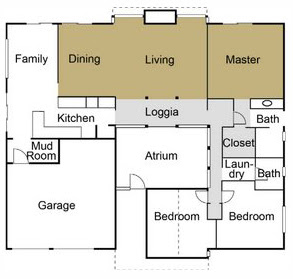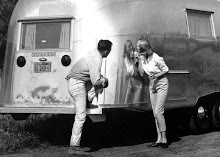This is one project that hopefully no one will ever notice.
If you’re a regular reader of this little blog, you may remember reading something recently about how after we moved a beam, a section of the ceiling needed attention. (Here’s a refresher.) The 2X6 tongue and groove ceiling is solid, but there’s this issue of a 3″X3′ galvanized metal strip held in place with a bunch of screws.
First of all, off to Home Depot for eleven 1″X6″X10′ boards of similar grade as the existing ceiling (similar in grain pattern, number of knots and smoothness… I gotta say, the existing ceiling has some pretty rough cut areas and we weren’t able to match that, but I think the boards we got were close.) Home Depot cut them all down to 5′ lengths.
(We were experiencing record low temperatures in the greater Portland area… 14° at night and 4-5 days of below freezing high temperatures. Brrrrr!)
I survived with all 10 fingers intact!
I also had to account for the metal strip we were trying to cover up in the first place. I took about 10 of the boards and notched in a 4″ wide dado so the boards would sit flat on the ceiling.
Finding the right stain was crucial to making this work. Our ace cabinet genius told us that the Miller Paint store in Gresham had a guy that had years and years of experience. We took in a section we had already cut out for one of the new light fixtures, a sample of the wood we would be using and this is what they came up with.
Then we had to start with the staining. It was much too cold to stain outside and the garage is packed with family room and office furniture. So I spread out a bunch of newspaper and started wiping on the new stain. At first, we thought it looked too light, but it seemed to get darker as it dried and one coat seems to have done the trick. (That’s a very good thing, because that stuff stinks!) If after living with it for a while we decide that it’s too light, we can always apply a second coat of stain… maybe in the summertime when we can open the windows! Looks a little light here, but we decided to put them up anyway.
Our Haywood Wakefield chairs and a couple of old 2X4s make a reasonable drying rack.
Final step… install new boards. The two boards that we had to cut holes in for the light fixture box were kind of tricky, so that was a good place to start. A little work with the jig saw, then nail ’em up. I used 1-1/2″ galvanized finishing nails in my little brad nailer.
The rest of the boards went up fairly quickly. We didn’t have to go all the way out to the side walls because this section will have floor to ceiling cabinets. Not bad… hopefully no one will know it’s patched once the cabinets are in.


